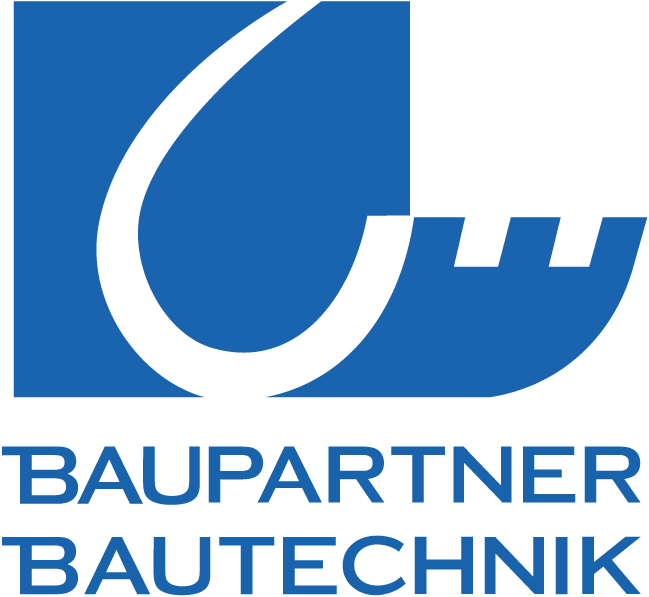
Using small business accounting software centralizes overhead tracking and analysis. Features like automated categorization and reporting provide real-time visibility into overhead costs. Analyzing overhead rates by department in this manner helps identify problem areas and opportunities to improve profitability. By factoring in overhead costs in this manner, the company arrives at a more accurate COGS. This $4 per DLH rate would then be used to apply overhead to production in the accounting period. The difference between actual and applied overhead is later assessed to determine over- or under-application of overhead.
Company
- Calculating overhead rates accurately is critical, yet often confusing, for businesses.
- Two companies, ABC company, and XYZ company are competing to get a massive order that will make them much recognized in the market.
- Businesses need to calculate the costs of a product before the actual results can be determined due to several reasons.
- For some companies, the difference will be very minute or there will be no difference at all between different basis while for some other companies the differences will be significant.
- Predetermined overhead rates are also used in the budgeting process of a business.
- Besides his extensive derivative trading expertise, Adam is an expert in economics and behavioral finance.
When there is a big difference between the actual and estimated Bookstime overheads, unexpected expenses will definitely be incurred. Also, profits will be affected when sales and production decisions are based on an inaccurate overhead rate. Hence, it is essential to use rates that determine how much of the overhead costs are applied to each unit of production output. This is why a predetermined overhead rate is computed to allocate the overhead costs to the production output in order to determine a cost for a product. The predetermined overhead rate is, therefore, usually used for contract bidding, product pricing, and allocation of resources within a company, based on each department’s utilization of resources.
Overhead Rate Calculation: Accounting Explained

The how to determine predetermined overhead rate predetermined overhead rate computed above is known as single or plant-wide overhead rate which is mostly used by small companies. In large ones, each production department computes its own rate to apply overhead cost. The use of multiple predetermined overhead rates may be a complex and time consuming task but is considered a more accurate approach than applying only a single plant-wide rate. If the estimated overhead is $200,000 and the direct labor costs are $150,000, the predetermined overhead rate is $1.33 for every dollar of labor costs.
Accounting Jobs of the Future: How Staffing Agencies Can Help Land Them
Manufacturers use the predetermined overhead rate to track and control expenses in relation to production and sales, ensuring alignment with business operational goals. The predetermined overhead rate also allows businesses to easily calculate their profitability during the period without waiting for the actual results of its operations. This means that businesses can use the predetermined overhead rate to constantly evaluate its operations without having to wait for actual results to come in. This allows the business to proactively control its performance rather than taking a reactive approach towards it. In this article, we will cover how to calculate the predetermined overhead rate. The predetermined overhead rate is also commonly called predetermined absorption rate or predetermined overhead absorption rate.
Financial Forecasting
- Predetermined overhead rates are essential to understand for ecommerce businesses as they can be used to price products or services more accurately.
- Businesses rely on the predetermined overhead rate to accurately estimate costs, set competitive prices, and make informed financial decisions.
- He currently researches and teaches economic sociology and the social studies of finance at the Hebrew University in Jerusalem.
- Calculating predetermined overhead rates is crucial for businesses to understand manufacturing or production costs in relation to estimated overhead expenses.
- GoCardless is a global payments solution that helps you automate payment collection, cutting down on the amount of financial admin your team needs to deal with.
- Understanding how to calculate predetermined overhead rates requires a grasp of basic accounting principles and the ability to analyze cost drivers and activity bases.
This allows businesses to capture the full cost of production in their accounting. The common allocation bases are direct labor hours, direct labor cost, machine hours, and direct materials. To calculate the predetermined overhead rate, divide the estimated manufacturing overhead cost by the estimated activity driver. Understanding how to calculate predetermined overhead rates requires a grasp of basic accounting principles and the ability to analyze cost drivers and activity bases.

Predetermined Overhead Rate (POR) Formula

The predetermined overhead rate is a calculated metric used by businesses to estimate and allocate indirect costs before the actual costs are known. One of the advantages of predetermined overhead rate is that businesses can use it retained earnings balance sheet to help with closing their books more quickly. This is because using this rate allows them to avoid compiling actual overhead costs as part of their closing process. Nonetheless, it is still essential for businesses to reconcile the difference between the actual overhead and the estimated overhead at the end of their fiscal year.
